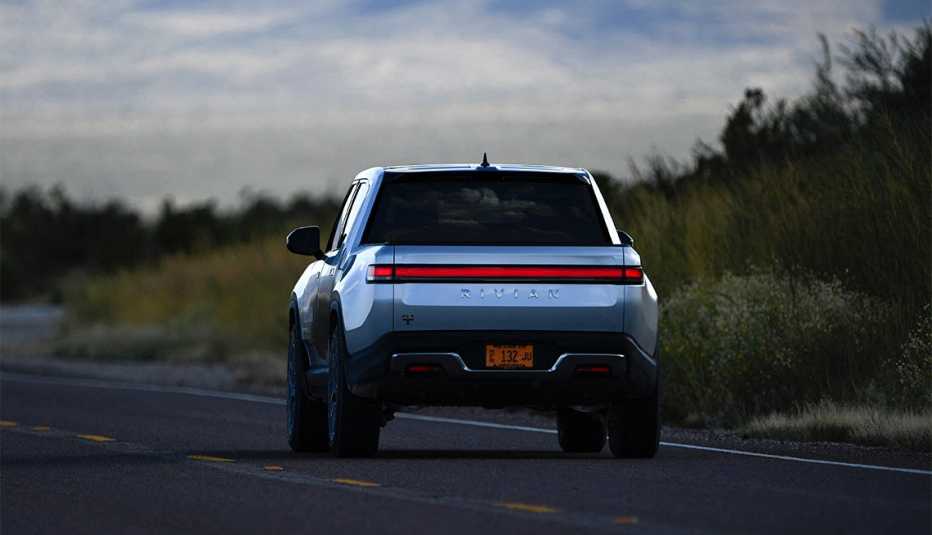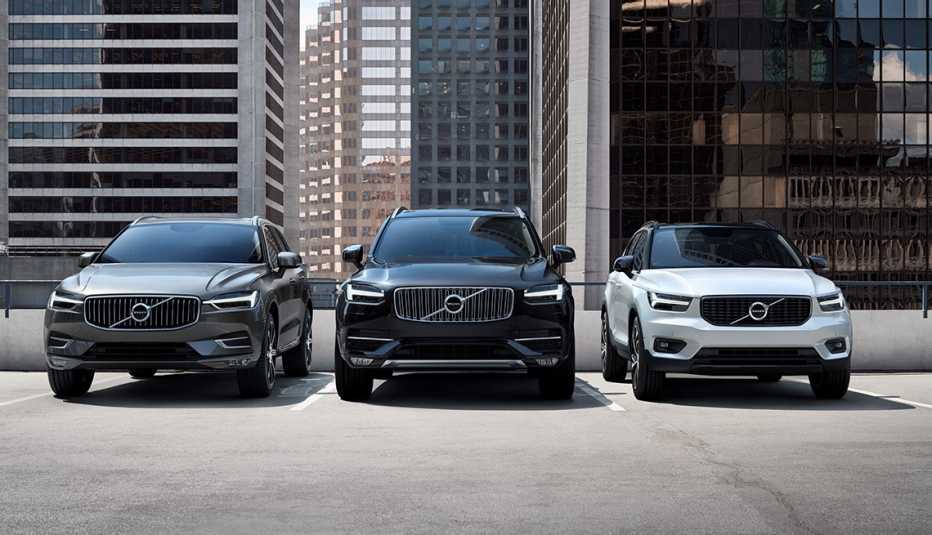AARP Hearing Center
James R. Healey,
We've walked you through what to consider when leasing a car.
Now, what happens when that lease is about to end or if you decide you need to bail out of the lease early?
First keep in mind, you have choices, each with its own procedures, expenses and challenges.
- You can roll into a new lease for a new vehicle.
- You can buy the car you've been leasing.
- You can sell yours and start over, perhaps buying instead of leasing.
Lease another one
This works best if you are getting a new car from the same brand as the one you've been driving. A few months before your current lease ends, you might get what's called a “lease pull-ahead” offer, an incentive of some type to get you to lease another, says Ronald Montoya, senior consumer advice editor at auto researcher Edmunds.
In his case, Mazda offered him $1,000 credit toward a new deal if he leased another Mazda. He says he was free to use the amount to make the final lease payment or payments or to put against his lease turn-in fees, typically $400 or $500.
If you get such an offer and use it the very last month of your current lease, it might be enough to make the last payment as well as pay for any turn-in fees, Montoya says.
Most pull-aheads let you quit the lease and start anew two or three months early, CarsDirect.com says. In some cases, they even excuse you from excess mileage and excess wear-and-tear penalties if you're willing to sign up for a new lease of the same brand of vehicle.
Sometimes you can combine the pull-ahead with other incentives. You might get out of your lease three months early, avoiding an excess mileage fee that appears imminent, and have some incentive cash to use on your next deal, whether a lease or purchase.
But the total value of the pull-ahead might be limited, as in Montoya's $1,000 example.
Automakers trumpet their pull-ahead deals, mainly on so-called “configurator” or “build-and-price” sites, under “shopping tools."
Most popular leased vehicles
About 1 of every 3 new vehicles in the past three years has been leased. Here were the most leased vehicles in the second quarter of 2019 and their share of the overall market.
1. Honda Civic, 4.2%
2. Chevrolet Equinox, 3.2%
3. Toyota Rav4, 2.7%
4. Honda CR-V, 2.5%
5. Chevrolet Silverado/GMC Sierra 1500, 2.4%
tie 6. Honda Accord, 2.2%
tie 6. Jeep Grand Cherokee, 2.2%
8. Nissan Rogue, 2%
tie 9. Ford F-150, 1.7%
tie 9. Volkswagen Tiguan, 1.7%
Source: Experian via Statista
Buy what you've been driving
You treated it well, and it hasn't been troublesome. Otherwise you wouldn't be thinking about buying it.
But what you would have to pay outright to drive away in the car you've grown to know could cost you more than buying a similar model sitting on used car lot.
Your lease paperwork will tell you what you would have to pay at the lease's end to buy your car. If it's an opaque formula, call the leasing company and ask.


































































